Other Nonessential Elements Here are some examples of other types of nonessential phrases and clauses Remember, to find out if a clause or phrase is nonessential, try leaving it out of the sentence The couple, trying desperately to make ends meet, stopped eating out Carly, of course, refused to come with usA nonessential element just adds a relatively unimportant detail Use a comma (or a pair of commas) to set off elements that are nonessential (also called nonrestrictive ) A phrase or clause is nonessential if it can be removed withoutAs a reminder, an appositive is a noun or noun phrase that provides additional information Like other types of modifiers, an appositive can be essential (restrictive) or nonessential (nonrestrictive) to the sentence Removing an essential modifier may cause confusion, but removing a nonessential one still leaves most of the meaning intact
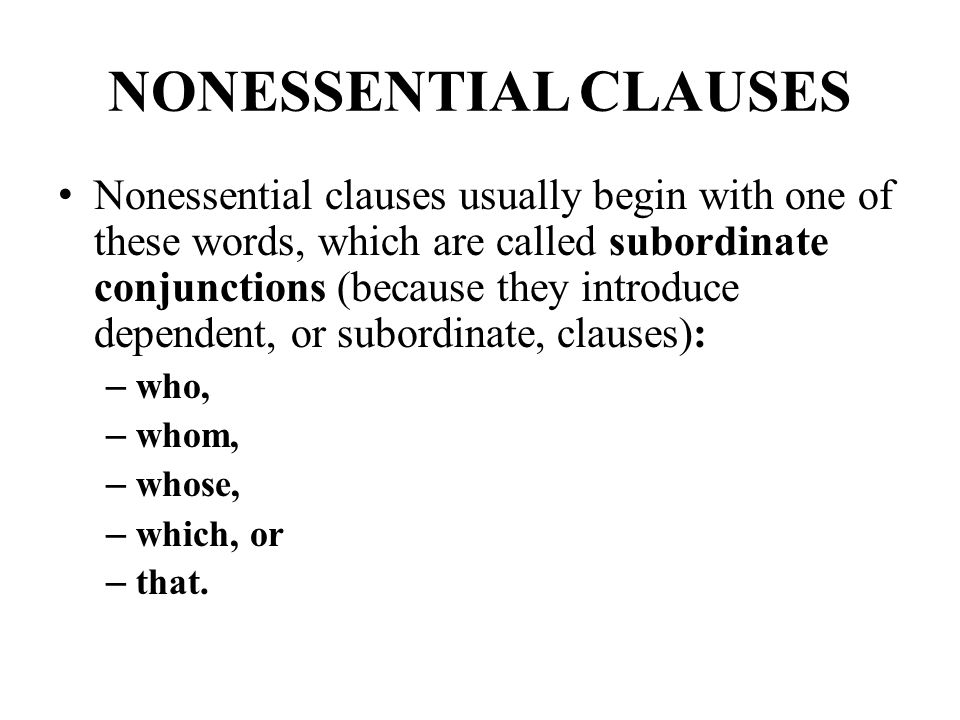
Commas Ppt Video Online Download
Nonessential clauses at the end of the sentence that require a comma often begin with
Nonessential clauses at the end of the sentence that require a comma often begin with-Some modifying elements of a sentence are essential, restricting the meaning of a modified term, while others are nonessential and don't restrict the modified term's meaning These nonessential elements, which can be words, phrases, or clauses, are set off with commas Rule Use commas before and after nonessential words, phrases, and clauses, thatEssential adjective clause Essential adjective clauses are dependent clauses that modify a noun or a pronoun with essential or defining information The noun or the pronoun they identify are not proper or specific An essential adjective clause is important to the meaning of the sentence as it gives essential




Commas Essential And Non Essential Elements Grammar Lesson Trailer Youtube
A nonessential clause contains information that's not necessary to complete the main thought Commas are inserted in order to separate it from the rest of the sentence Nonessential clauses also usually begin with a subordinating conjunction (see below) Examples John stayed home from school today, even though he wasn't really sick NONESSENTIAL CLAUSES You can think of nonessential clauses as an aside They include added information for interest only But, they are not crucial to understanding the meaning of a sentence Nothing is lost by their omission because the original meaning of the sentence remains intact even without the nonessential clause EXAMPLESIn the quiz below is designed to see how true that is Do give it a shot and see how well you do!
Like its essential counterpart, a nonessential or nonrestrictive clause serves to add information to a sentence However, this type of clause can be deleted without dramatically altering the meaning of the sentence because it contains nonessential details Here are some examplesA nonrestrictive modifying clause (or nonessential clause) is an adjective clause that adds extra or nonessential information to a sentence The meaning of the sentence would not change if the clause were to be omitted Nonrestrictive modifying clauses are usually set off by commas The nonessential clause is underlined in sentence C "Its coloring, which is brown and green, allows it to hide in marshy areas" This clause is nonessential because it can be dropped without chaning the meaning of the sentence The information it contains is not considered essential for the sentence to be complete
Knowledge application use your knowledge to answer questions about examples of nonrestrictive adjective clauses Information recall access the knowledge For nonessential clause, use a pair of commasone at the start of the clause and another at the end to set the clause off from the rest of the sentence For essential clause, there is no need to use commas 11 Underline the clause in each sentence Then write EC on the blank i the clause is essential and NC if the clause is nonessential 1B Nonessential Which of these is needed to make the sentence make sense?



3



Non Essential Items Examples
Nonessential clauses — also known as "parenthetical" or "nonrestrictive" clauses — are among the most important concepts tested on both SAT Writing and ACT English They are used to provide additional information about nouns, usually the subject, and they have several important characteristicsNonessential Clauses and Phrases – Part One For each question, identify whether or not the underlined phrase needs commas/dashes surrounding it (Y/N) 1 Anthony who won the race became the first one in our class to receive a trophy 2 The cats sitting in the window are called Romulus and Remus 3Answer Commas with Nonessential Elements Exercise 2 In this answer key for Exercise #2, the following answers are included C= sentence correctly punctuated for essential and nonessential elements who did not attend the meeting is an essential clause,
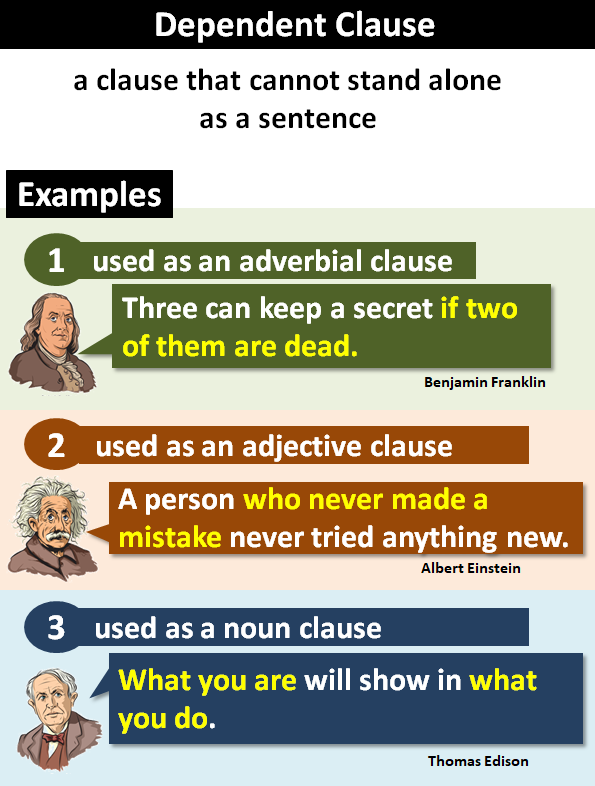



Dependent Clause What Is A Dependent Clause




Grammar Help With Determining Non Essential Vs Essential Elements English Language Learners Stack Exchange
Nonessential words and phrases are elements of a sentence which do not contain information essential to the meaning of the sentence as a whole For example Jan, the second of three children, always feels left out Here, "Jan always feels left out" is the main clause and "the second of three children" is the nonessential phrase In which sentence is the nonessential clause CAPITALIZED?Nonessential clauses are intervening or additional clauses In other words, they ADD nonessential or extra information to the sentence, which may not be necessary, so it is okay to omit them The meaning of the sentences above does not change, even when the
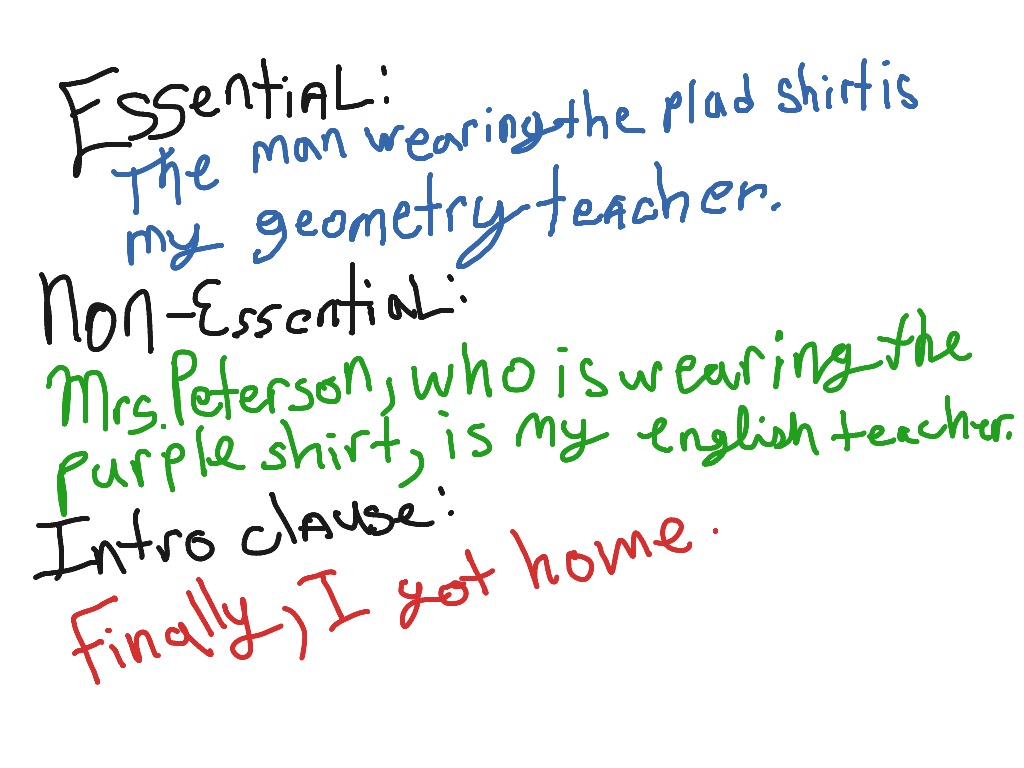



Essential And Non Essential Clauses English Showme



2
NonEssential Clauses Nonessential clauses, in contrast to essential clauses, include information that isn't essential to the meaning of the sentence Instead, nonessential clauses provide "extra" or "bonus" information They can be removed from the sentence, and the sentence will still BE a sentence with its main point intact Let's have a lookBecause restrictive clauses provide key, identifying information, they are often referred to as essential clauses, and nonrestrictive clauses are also called nonessential clauses for the opposite reason They are both types of relative clauses because the information they provide relates to the subject of another clauseComma usage with nonessential clauses Commas are placed before the nonessential clause, and at the end of the nonessential clause Examples My English teacher, is really nice, is going to give me a letter for college The boy, that was playing in the street, that got hit by a car was my brother My neighbor, that lives on the 2nd floor, is



2
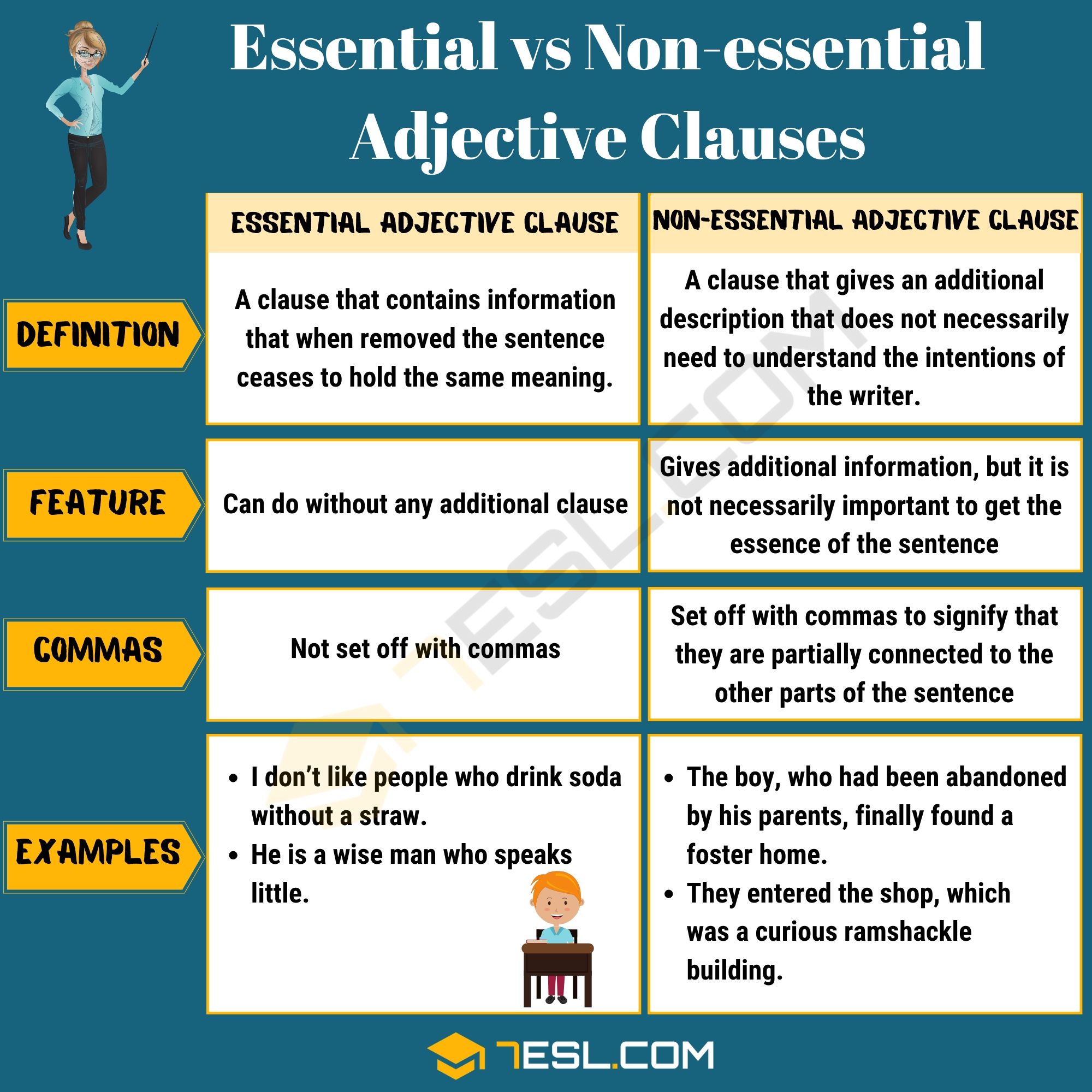



What Is Adjective Clause Examples Know It Info
By contrast, a nonessential (or nonrestrictive) word, phrase, or clause is attached to the main clause, trailing a comma and the conjunction which (Alternatively, nonessential elements are inserted parenthetically into the sentence with commas, dashes, or parentheses, but this post does not pertain to that type of sentence construction) A nonessential clause or phrase contains information that is not necessary to the basic meaning of the sentence 1 The man who left his wallet is coming back for it Clauses following a proper name of a person, place, or thing are always nonessential Since the clause describes and identifies the name, person, place, or thing that comes before the clause sufficiently, the information is not needed to understand the sentence Therefore, commas are used to set off the clause, and the clause can be removed
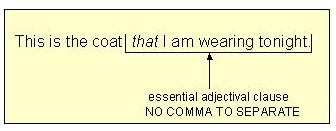



Home
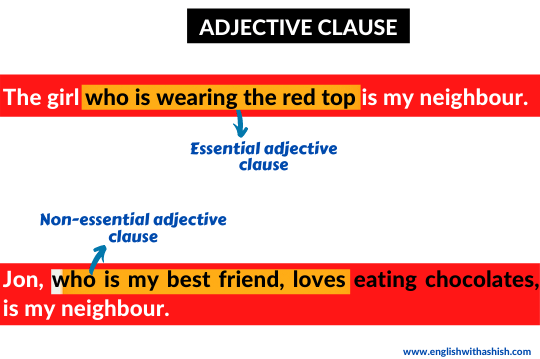



Adjective Clause Guide Types Rules And Examples Detailed
Relative Clause This is a clause that generally modifies a noun or a noun phrase and is often introduced by a relative pronoun (which, that, who, whom, whose)A relative clause connects ideas by using pronouns that relate to something previously mentioned and allows the writer to combine two independent clauses into one sentence A relative clause is also known as an adjective clause Use commas to set off nonessential clauses, that is, clauses that can be used as an aside I rarely eat fried food , although I like it, because it's unhealthy Note that we can remove the clause "although I like it" without changing the essential meaning of the sentence An independent clause "is a group of words that contains a subject and verb and expresses a complete thought An independent clause is a sentence" (Purdue University, nd, para 1) For example, "I like to eat ice cream" is an independent clause The clause could exist on its own as a sentence and contains a subject and a verb




Q3 Is D Isn T Gordon Parks An Nonessential Clause Is The Unofficial Answer Key Wrong R Act




Using Commas In Adjective Clauses Youtube
A nonessential clause or phrase contains information that is not necessary to the basic meaning of the sentence 2 I do not remember the day that my cousin was born Remember commas are only needed to separate nonessential phrases A phrase or clause is nonessential if it can be removed without changing the main idea of the sentence;11 Questions Show answers Question 1 SURVEY 60 seconds Q Read the following sentence and decide whether the phrase typed in green is essential or nonessential The city where we met is 100 miles away answer choices essential nonessential




Commas Ppt Video Online Download
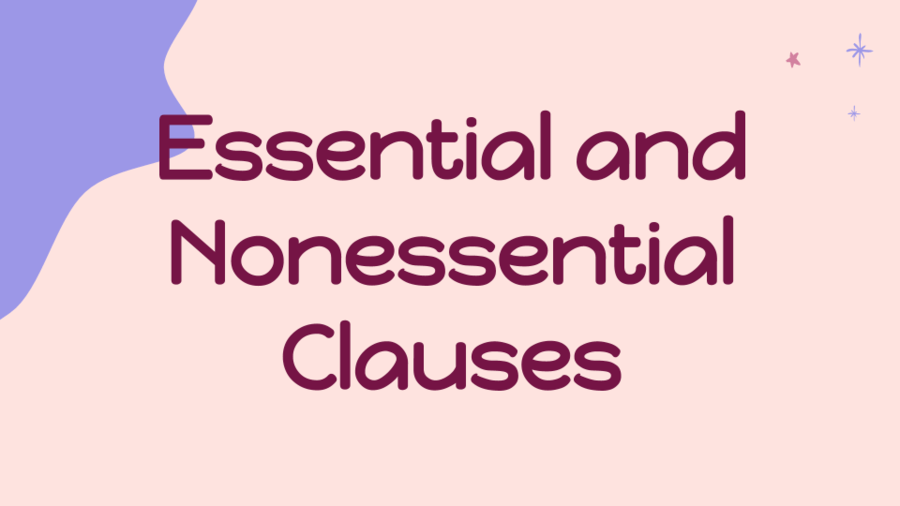



Essential And Nonessential Clauses Practice Quizizz
A nonessential element just adds a relatively unimportant detail Essential (or restrictive) elements, on the other hand, are not set off by commas because they are too important to be removed from a sentence Participial PhrasesClauses Restrictive vs Nonrestrictive Clauses Depending on the information contained within a clause, it can be either restrictive or nonrestrictive (essential or nonessential) A restrictive clause introduces information that is necessary to the meaning of the sentence A nonrestrictive clause can be removed without changing the meaningA phrase or clause is nonessential if it can be removed without changing the main idea of the sentence;
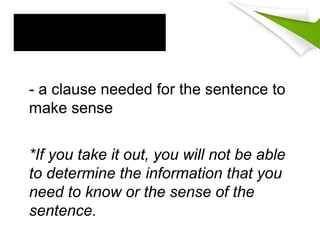



Eng7 Essential And Nonessential Clauses
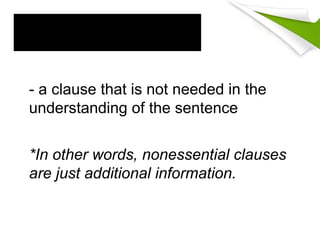



Eng7 Essential And Nonessential Clauses
Nonessential Clause Definition Grammar Date By admin@123 Categories Uncategorized No comments Better But now we use nonessential adjective phrases nonessential participatory phrases describe names, but the information they provide about those names is not very important Use a comma (or pair of commas) to separate a nonA Essential clauses/phrases B Nonessential clauses/phrases The movie was emotional, and I was ____ by its message A Affected B Effected Use the correct word to fill in the blank ________ my friendsActually, there's a world of difference, and that's why essential, nonessential clauses is such a difficult concept So let's look at A, the boy We're talking about a specific boy He lent me his study notes The person I'm talking to, also knows which boy I'm talking about, so here's a boy, both know it's the boy, there he is




Commas Video Explanation Non Essential Clauses 5 Of 6 By Quality Counts




A Crucial English Strategy For The Sat Writing Language Section Method Test Prep
Commas are used for different things in a sentence and one of them is showing things written of said in a sentence that don't carry much importance to the main message Do you know how to use it in this way?NonEssential Clauses Elements of a sentence that are extra to the main idea are called nonessential or nonrestrictive and should be separated with commas from the rest of the sentence Example Meaning My sister, Joan, has come for a visit Commas with nonessential clauses quiz test!




How To Identify Essential And Nonessential Clauses Wordagents




The Top What Is Nonessential Clause Mean
Adding an adjective clause is a bit tricky, before the usage one must decide if it is essential or nonessential and add the commas as required The essential adjective clause does not require a comma whereas the nonessential adjective clauses need it A noun clause does not have any particular pattern instead it just acts as a noun1 The girl who sits behind me has red hair (essential to know which girl) 2 I am looking for the place where I left my book (essential to know which place) Examples of Nonessential Adjective Clauses 1 My friend Kara, who made an A on our math test today, is coming over to help me study (not essential to the meaning of the sentence) 2A nonessential clause is essentially an aside or provider of superfluous information about a preceding word that might be interesting but is insignificant to the sentence's main point For example, in "Fall, which is my favorite season, begins next week," "which is my favorite season" is a nonessential clause that does not affect the statement "Fall begins next week"
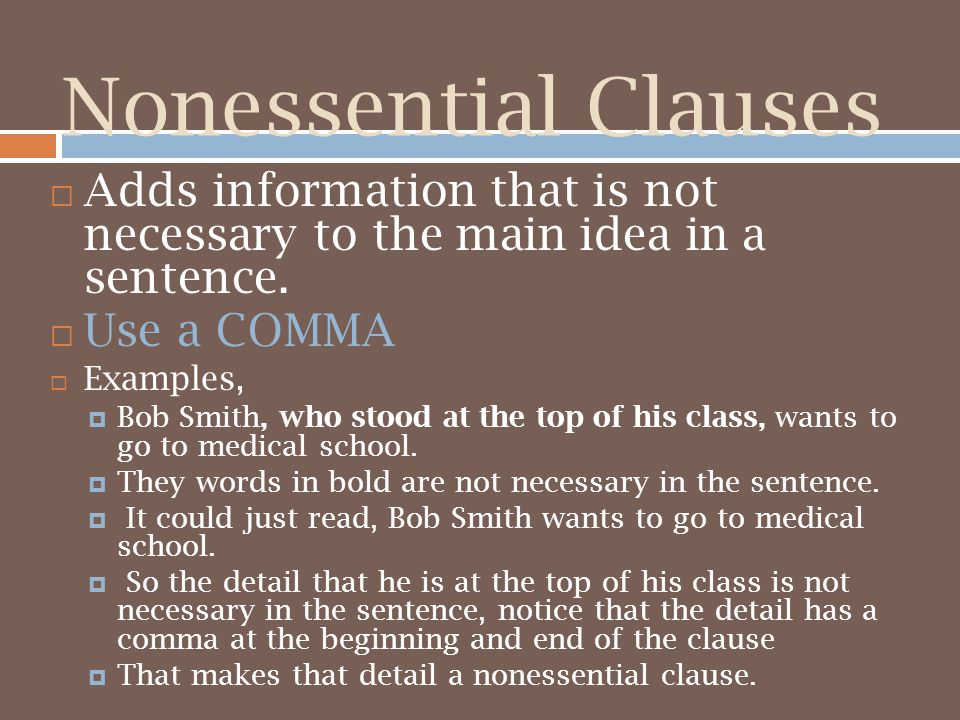



Essential And Nonessential Clauses And Phrases Ppt Video Online Download
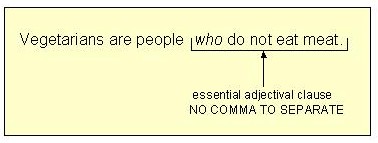



Home
Nonessential clause Definition & Meaning MerriamWebster nonessential clause noun Save Word Definition of nonessential clause nonrestrictive clause Love words? The nonessential clause is underlined in sentence C "Its coloring, which is brown and green, allows it to hide in marshy areas" This clause is nonessential because it can be dropped without chaning the meaning of the sentence The information it contains is not considered essential for the sentence to be completeEssential appositives are never set off with commas because they give essential information Nonessential appositives are always set off with commas If you remove an essential appositive from a statement, it destroys the clear meaning of the statement Learn in this study the real difference between essential and nonessential appositives




Commas Essential And Non Essential Elements Grammar Lesson Trailer Youtube
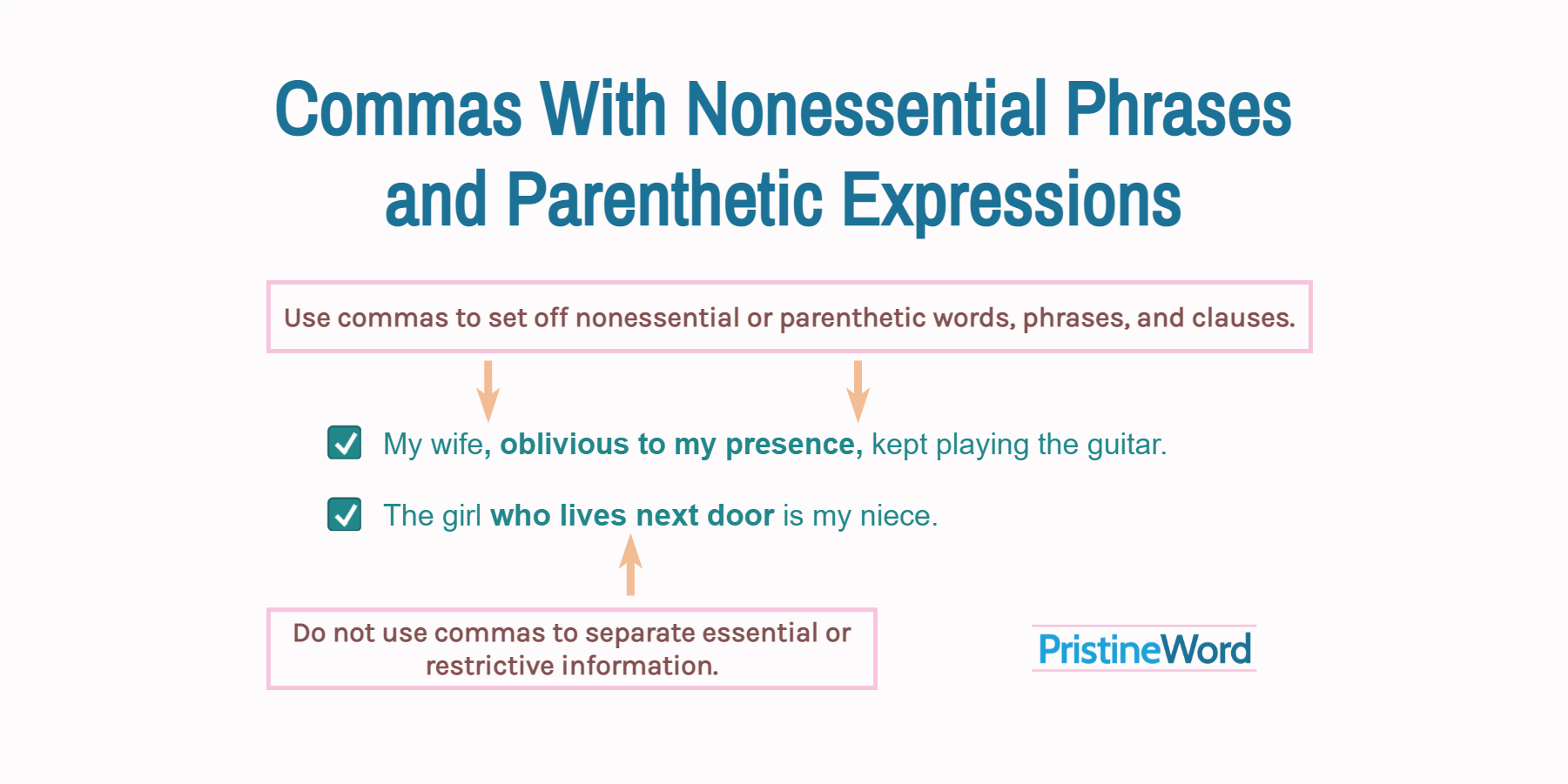



Commas With Nonessential Phrases And Parenthetic Expressions
You must — there are over 0,000 words in our free online dictionary, but you are looking for one that's only in the MerriamWebster Unabridged Dictionary Exercise B The subordinate clause in each of the fo l l owing sentences is printed in italicsI f the clause is essential,c i rcle EIf the clause is nonessential,c i rcle N and set the clause off with commas EXAMPLES EN1 The Netherlands,which has a low illiteracy rate, has a high standard of living EN2A nonessential phrase or clause can be lifted from a sentence with most of the meaning intact If the sentence makes sense without the information and/or the clause is just additional information, it is a nonessential clause These clauses ARE offset with




Top 9 Nonessential Clause Quotes Famous Quotes Sayings About Nonessential Clause
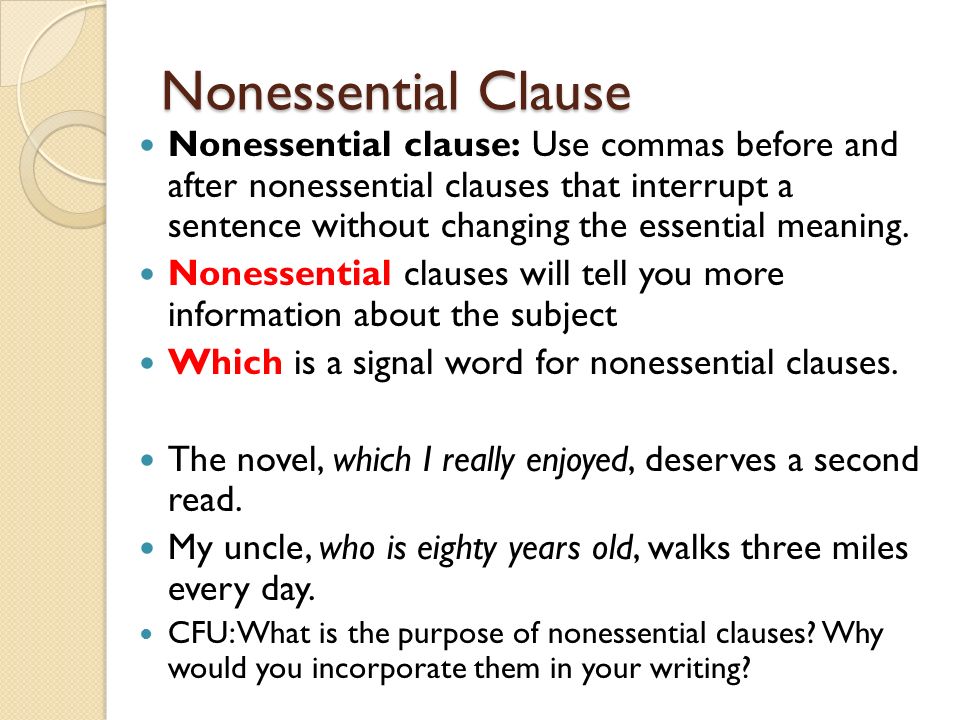



Essential And Nonessential Clauses Ppt Video Online Download
A The man LEANING AGAINST THE WALL is from the zoo b The snake THAT HE IS HOLDING is not poisonous c Its coloring, WHICH IS BROWN AND GREEN, allows it to hide in marshy areas d That snake SLITHERING BEHIND THE ROCK is actually harmless What Are Nonessential Clauses?A nonrestrictive modifying clause (or nonessential clause) is an adjective clause that adds extra or nonessential information to a sentence The meaning of the sentence would not change if the clause were to be omitted Nonrestrictive modifying clauses are usually set off by commas Read full answer here
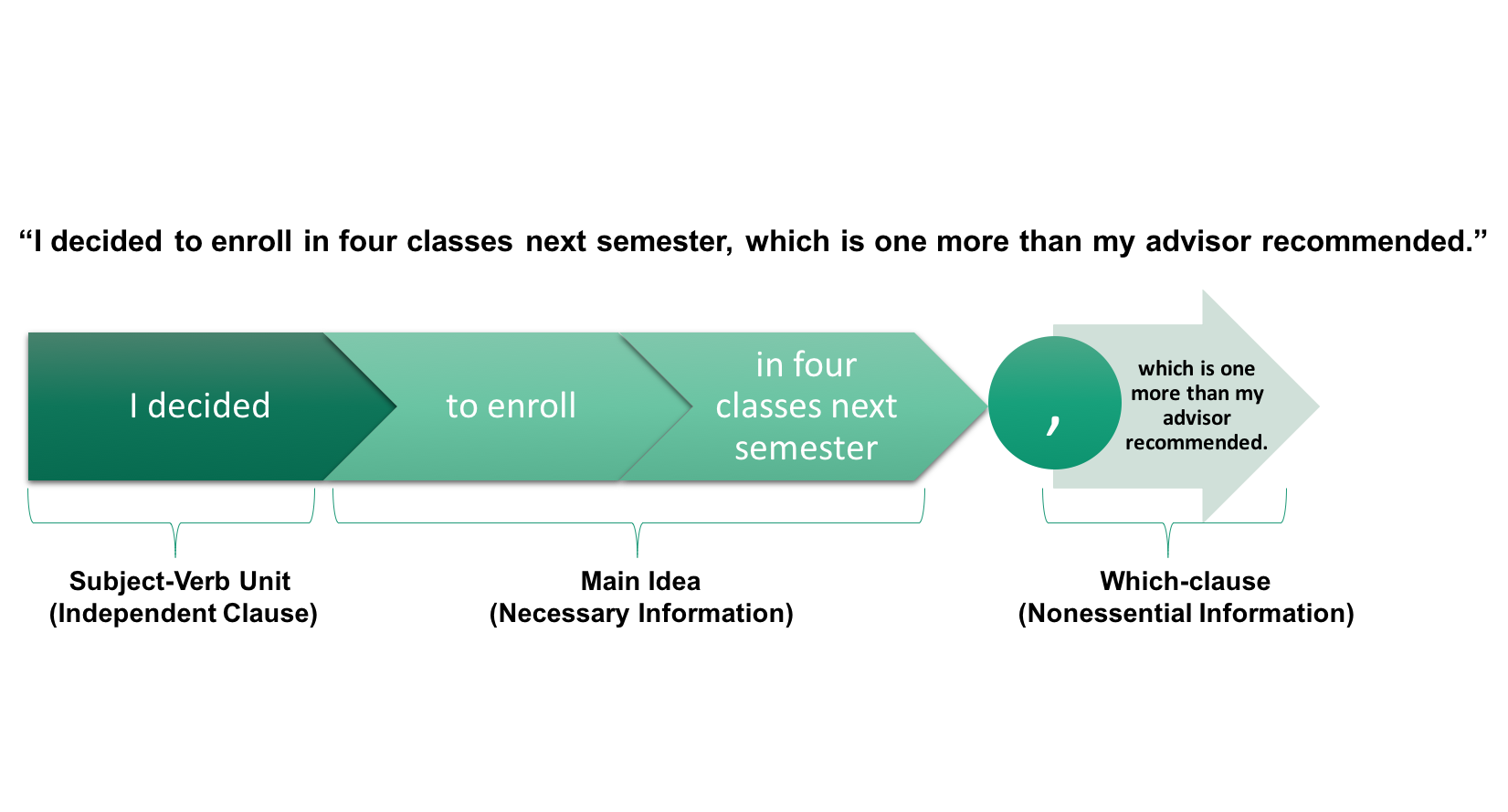



Commas Semicolons And Colons Tcspp Community



Shouldn T Answer Choice A Be Wrong If Removing The Nonessential Clause Marked Between Commas Leaves The Sentence Nonsensical Grammatically R Sat
An adjective clause can be either essential or nonessential To make the distinction, you must analyze the function of the clause in that particular sentence When an adjective clause is essential, it is clarifying a general, ambiguous noun in such a way that readers understand which one of many the writer means The man who ordered another
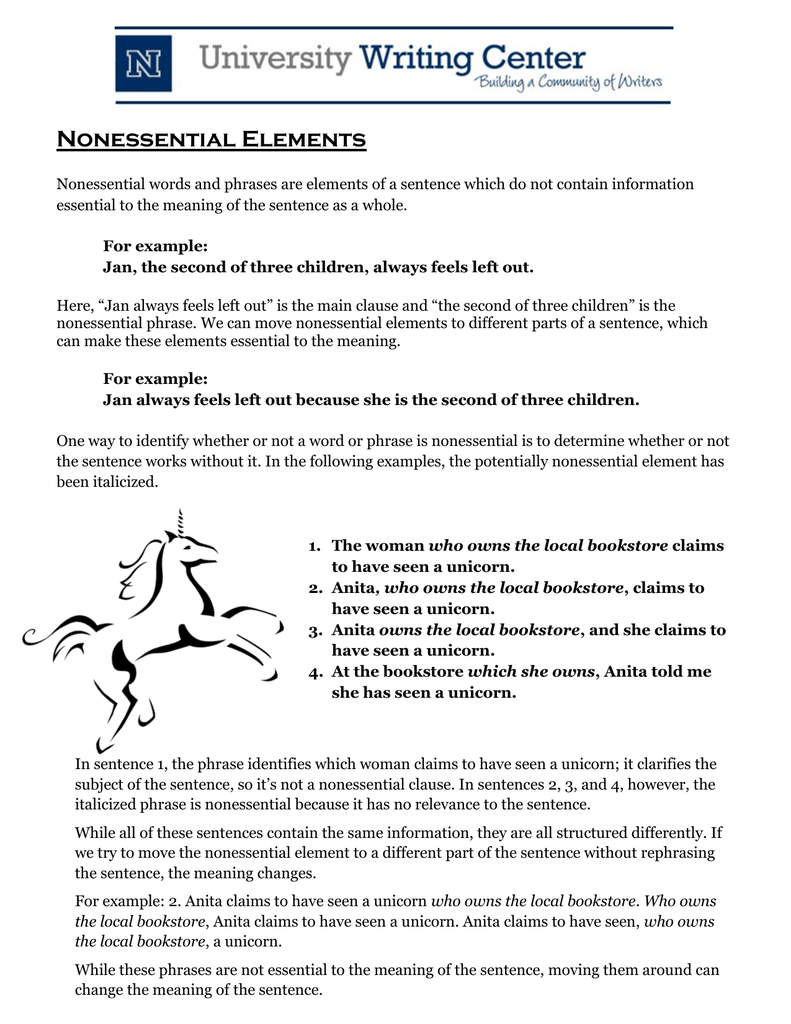



Nonessential Elements



2




All About Essential Clauses And Nonessential Clauses Bka Content




Get It Write That V Which Ingles
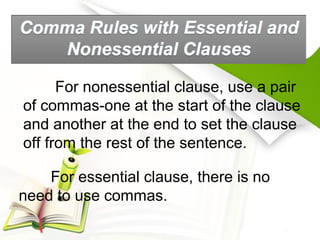



Eng7 Essential And Nonessential Clauses




Asr E Modern English Language Center What Is An Adjective Clause A Dependent Or Subordinate Clause Contains A Subject And A Verb Or Verb Phrase But Does Not Express A Complete Thought As




Essential Vs Nonessential Clauses Youtube




17 Essential Vs Nonessential New Sat Writing Youtube




I Can Correctly Use Commas With Nonessential Clauses Or Phrases I Can Score 80 Or Higher On My Vocabulary Quiz I Can Review For My Novel Test And Demonstrate Ppt Download
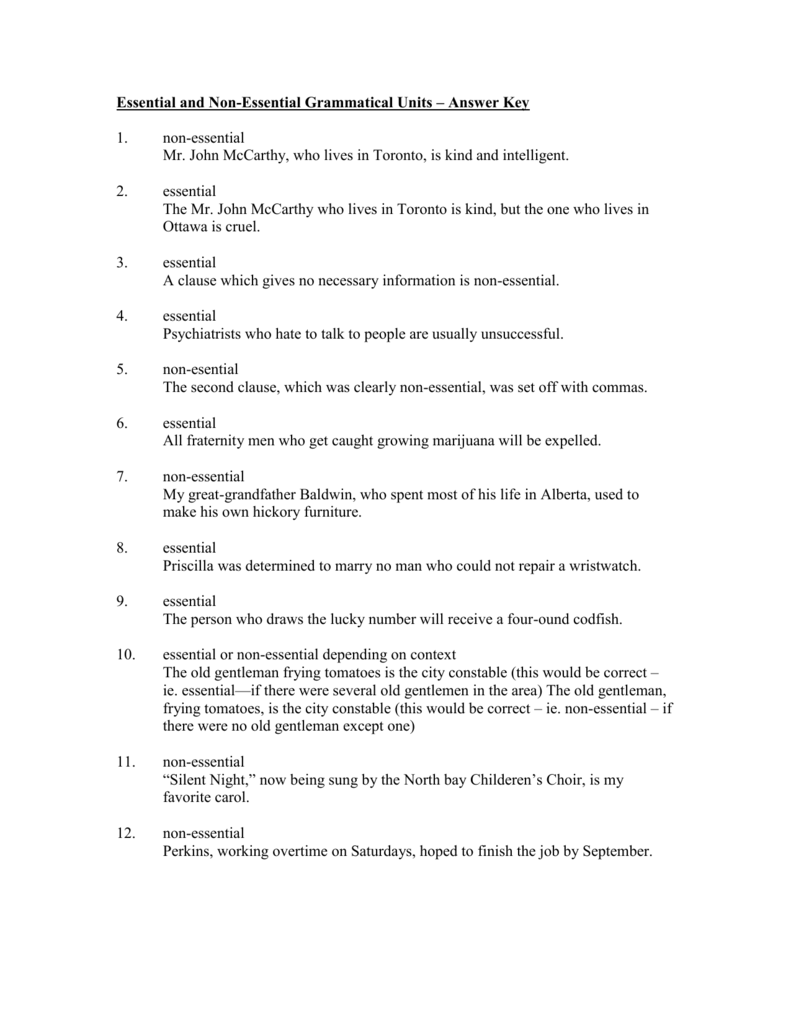



Essential And Non Essential Grammatical Units Answer Key




All About Essential Clauses And Nonessential Clauses Bka Content



2




For Q41 Why Is The Ca D Not A How Do You Apply The Rules Of Nonessential Clauses To Get To The Answer Pls Help From Sat 3 R Sat
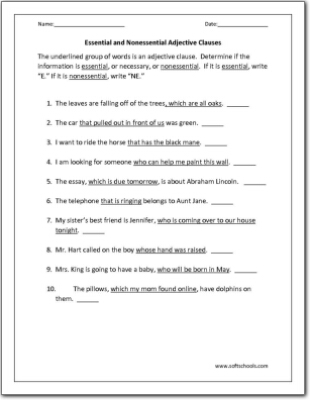



Essential And Nonessential Adjective Clauses Worksheet
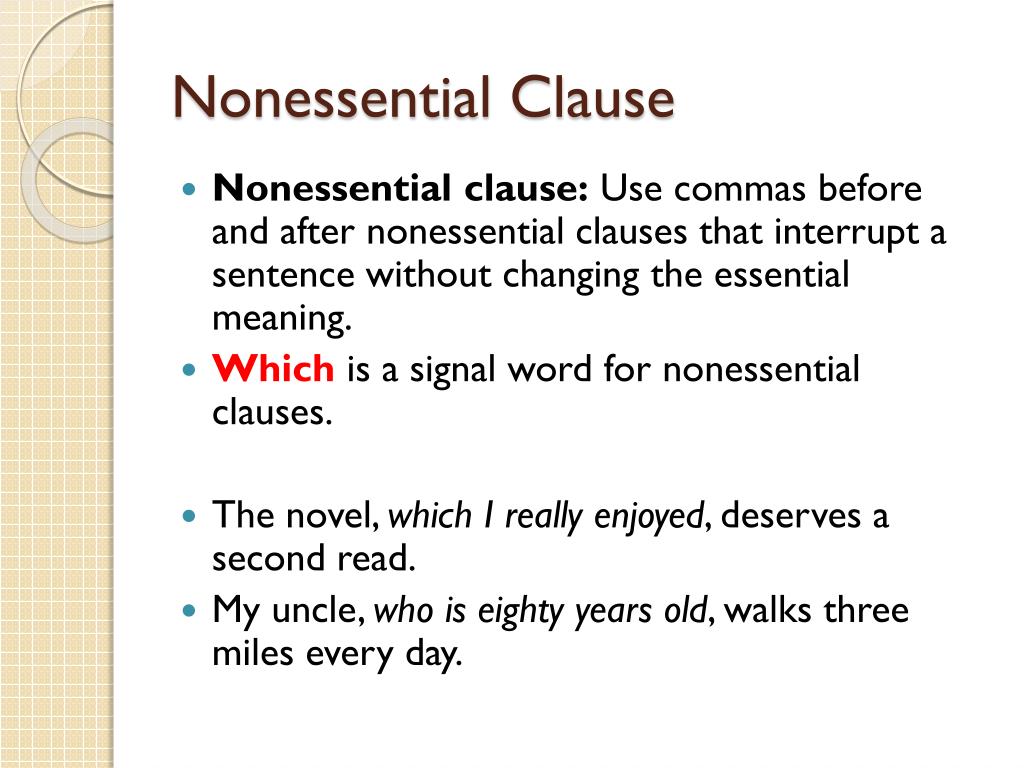



Ppt Essential And Nonessential Clauses Powerpoint Presentation Free Download Id
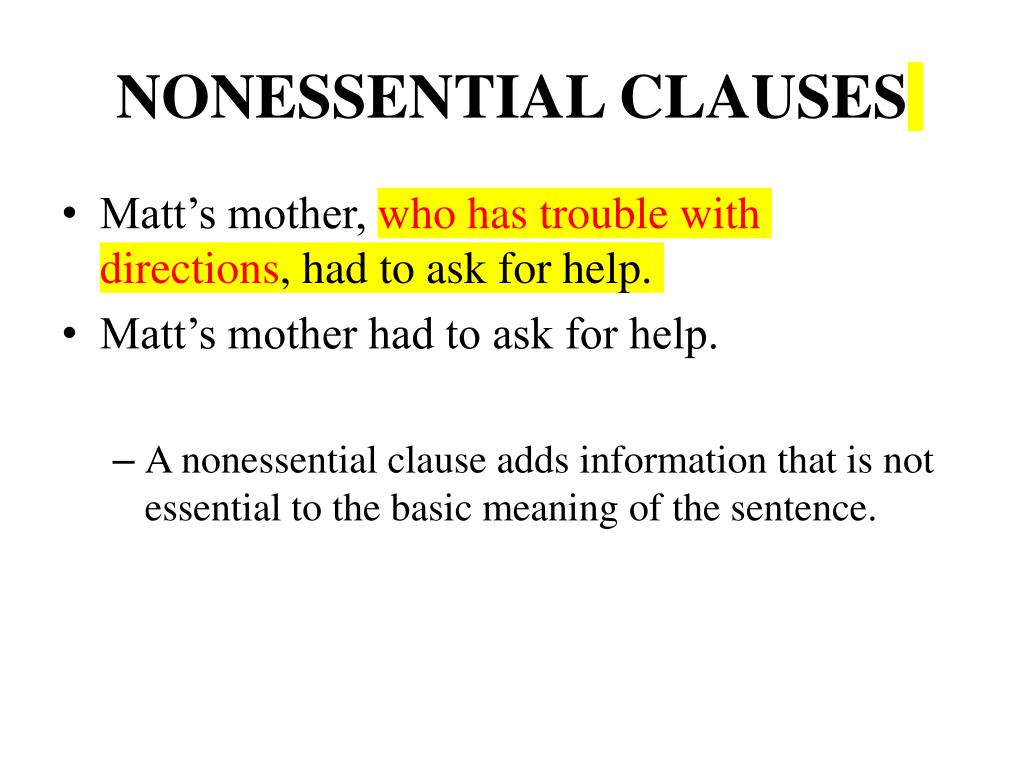



Ppt Commas Powerpoint Presentation Free Download Id




Writing Nonessential Elements Video Lesson Video Khan Academy




Pdf Using That And Which Andrew Johnson Academia Edu




Home



1
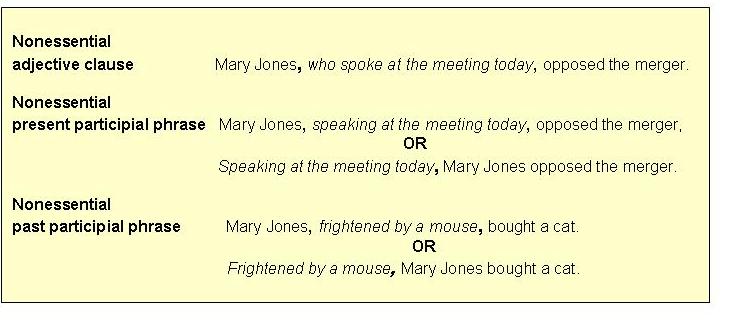



Comma




Sometimes I Don T Know If The Phrase Is Non Essential Clause Or Not In This Case I Thought The Name Is Essential Can Someone Please Help Me R Act
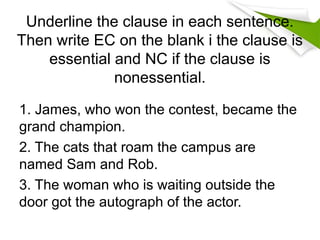



Eng7 Essential And Nonessential Clauses




Punctuation Question Help Plz Why Is The Answer Not D Doesn T It Work Because The Clause Inside Is A Nonessential Clause R Sat




Essential And Nonessential Clauses 8 Youtube




Punctuation Rules Comma Rule 1 1 Use



2




Nonessential Clauses And Phrases By Kaitlyn Gaschnig



2




Chapter 11 Punctuation Answer Key Fill Online Printable Fillable Blank Pdffiller
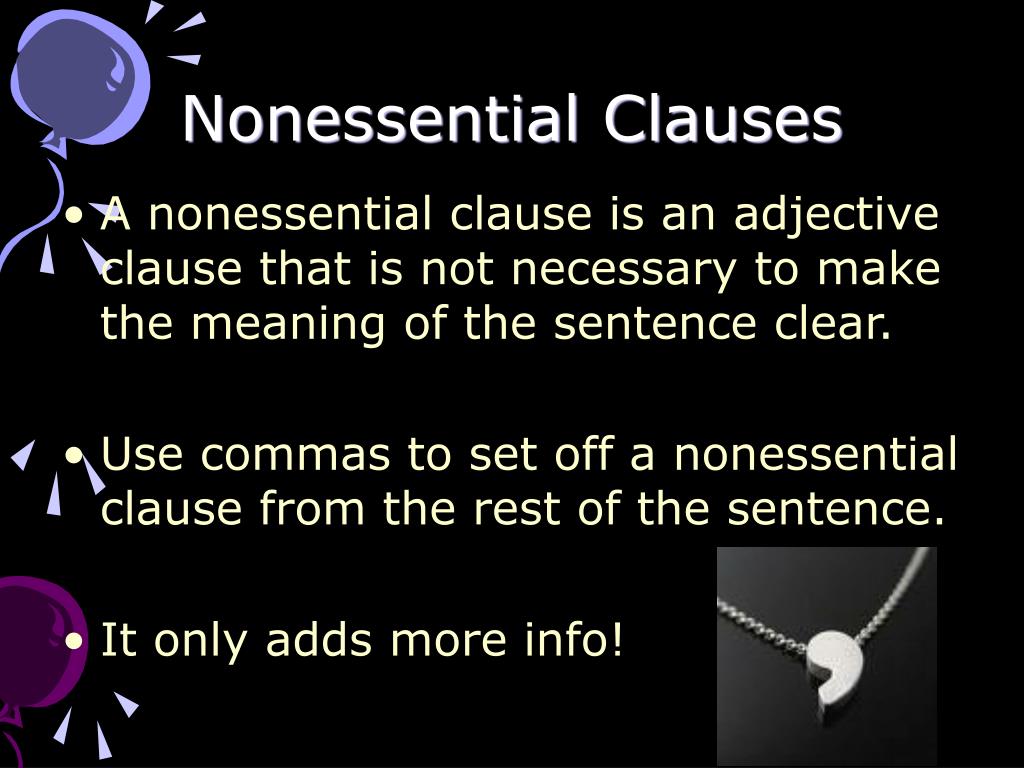



Ppt Essential And Nonessential Clauses Powerpoint Presentation Free Download Id




Essential Vs Nonessential Clauses Usage Explained Merriam Webster
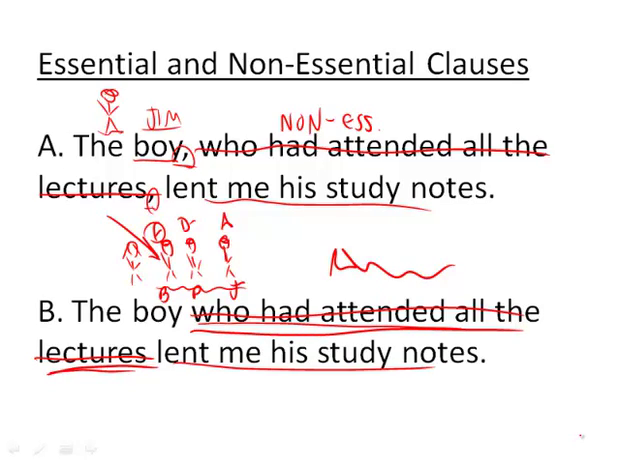



Essential Vs Non Essential Clauses Magoosh English




Restrictive Essential And Non Restrictive Nonessential Clauses Lessons Blendspace
(168).jpg)



Commas With Nonessential Clauses Quiz Test Proprofs Quiz
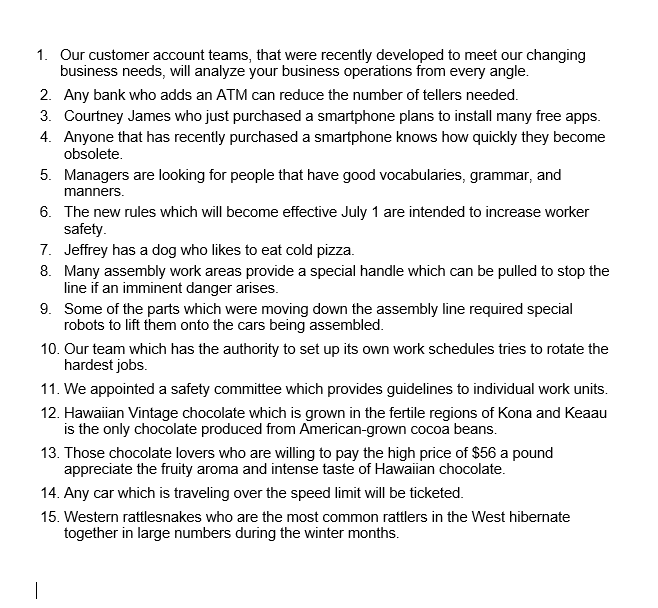



Solved The Relative Pronouns Who That And Which Who Is Chegg Com
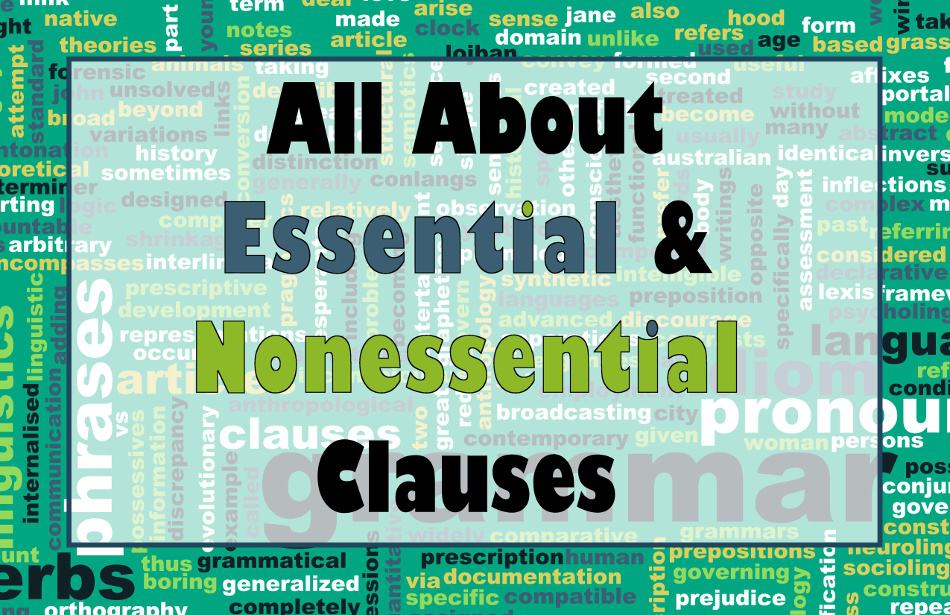



All About Essential Clauses And Nonessential Clauses Bka Content




Eng7 Essential And Nonessential Clauses




A Crucial English Strategy For The Sat Writing Language Section Method Test Prep
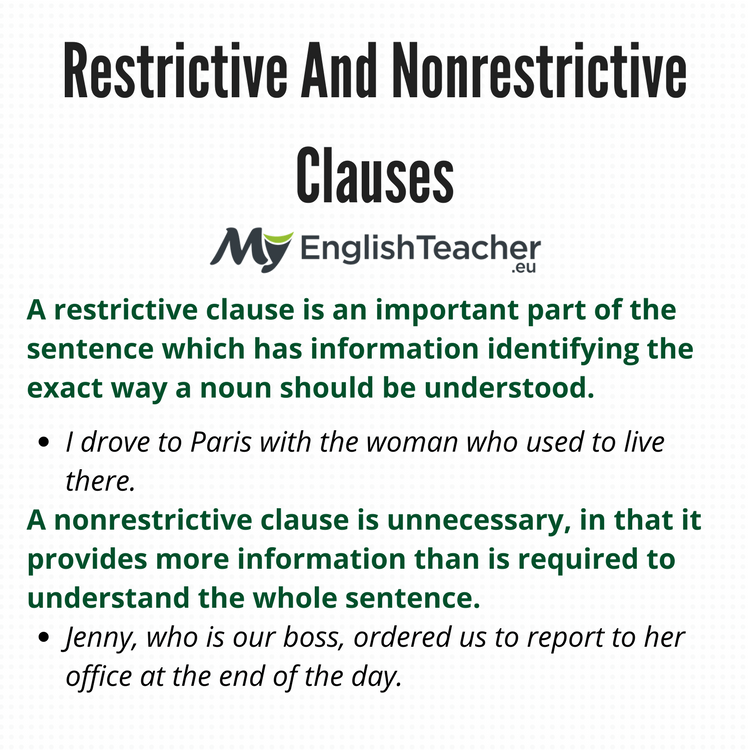



Restrictive And Nonrestrictive Clauses Myenglishteacher Eu




Essential And Nonessential Clauses




Get It Write Comma Conundrum Set Off Nonessential Clauses With Commas Writing Sentences Words
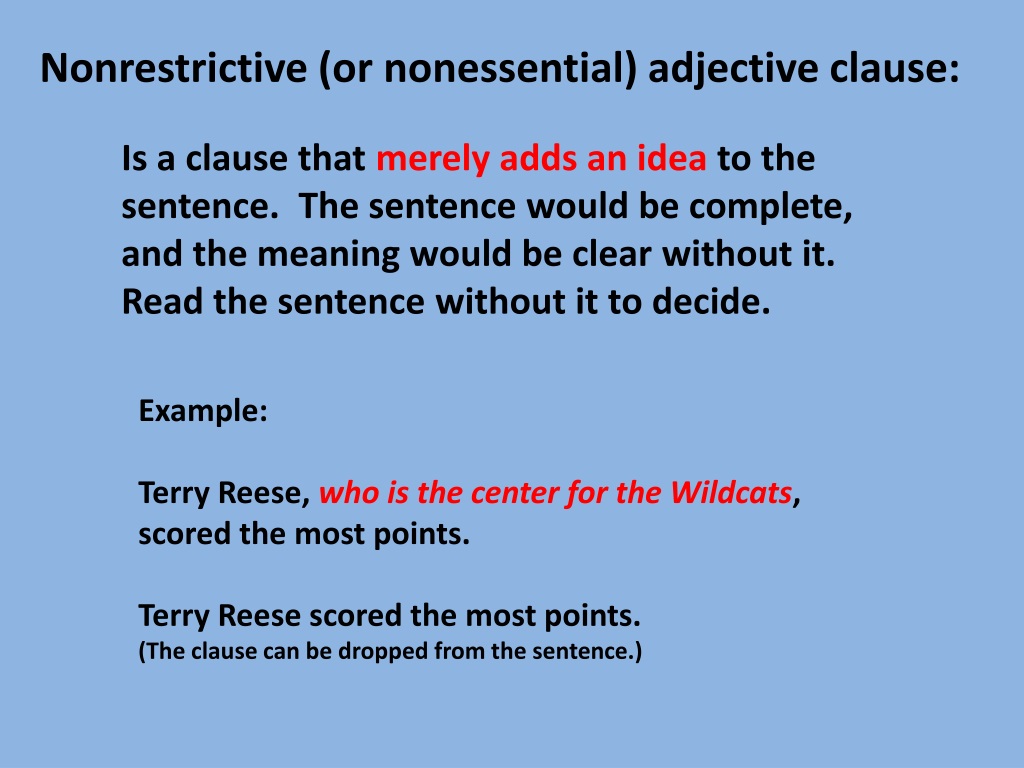



Nonessential Adjective Dependent Clause
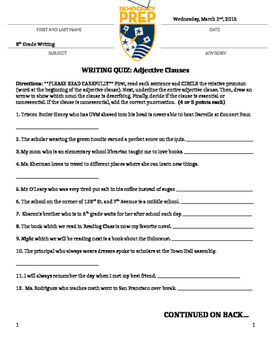



Essential And Nonessential Adjective Clause Quiz By Kalbert Tpt




Can Appositives And Non Essential Clauses Appear At The End Of Sentence The Highlighted Sentences Seem Very Contradictory Would Be Really Helpful If Someone Cleared This One Out For Me R Sat
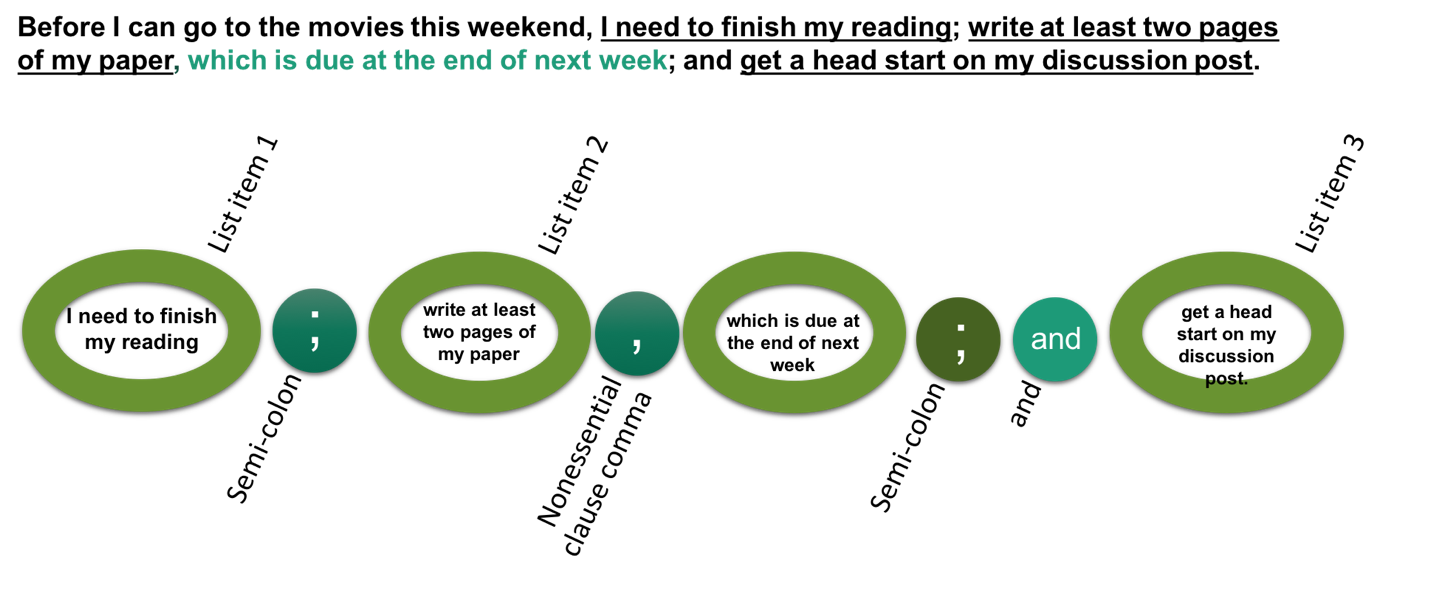



Commas Semicolons And Colons Tcspp Community




Independent Clause What Is An Independent Clause
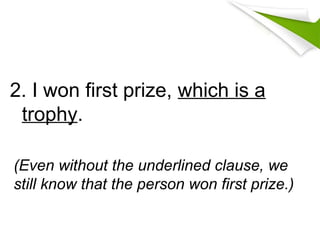



Eng7 Essential And Nonessential Clauses
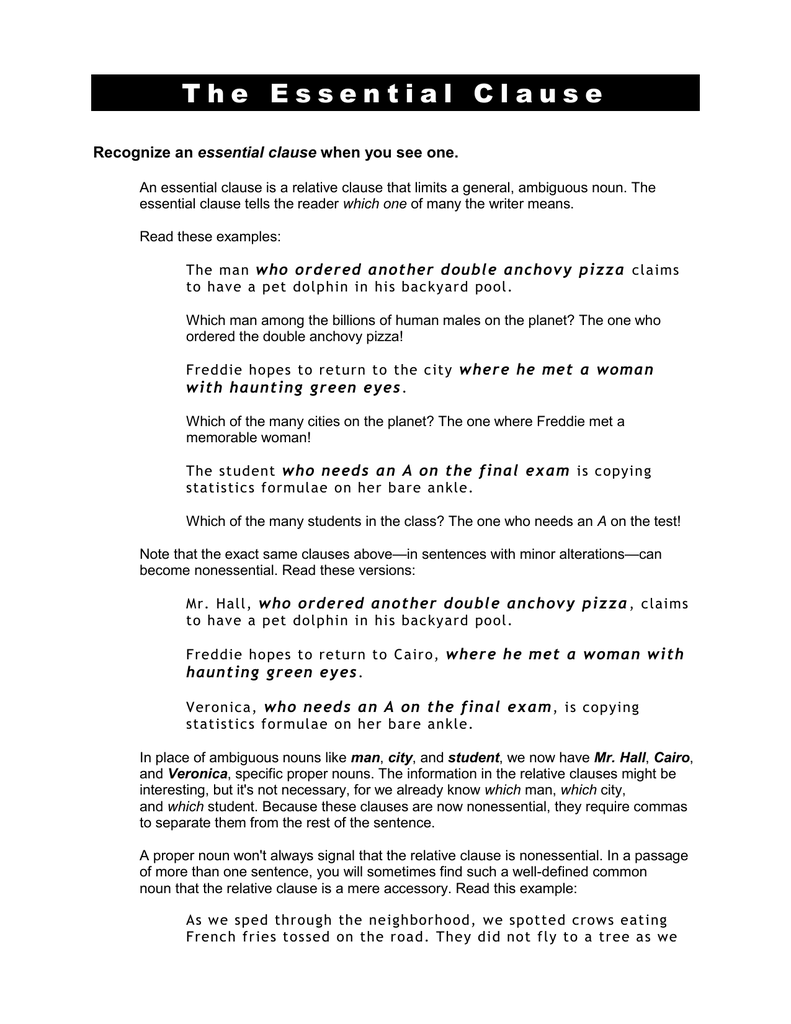



The Essential Clause




Defining Relative Clauses I Defining Relative Clauses Give
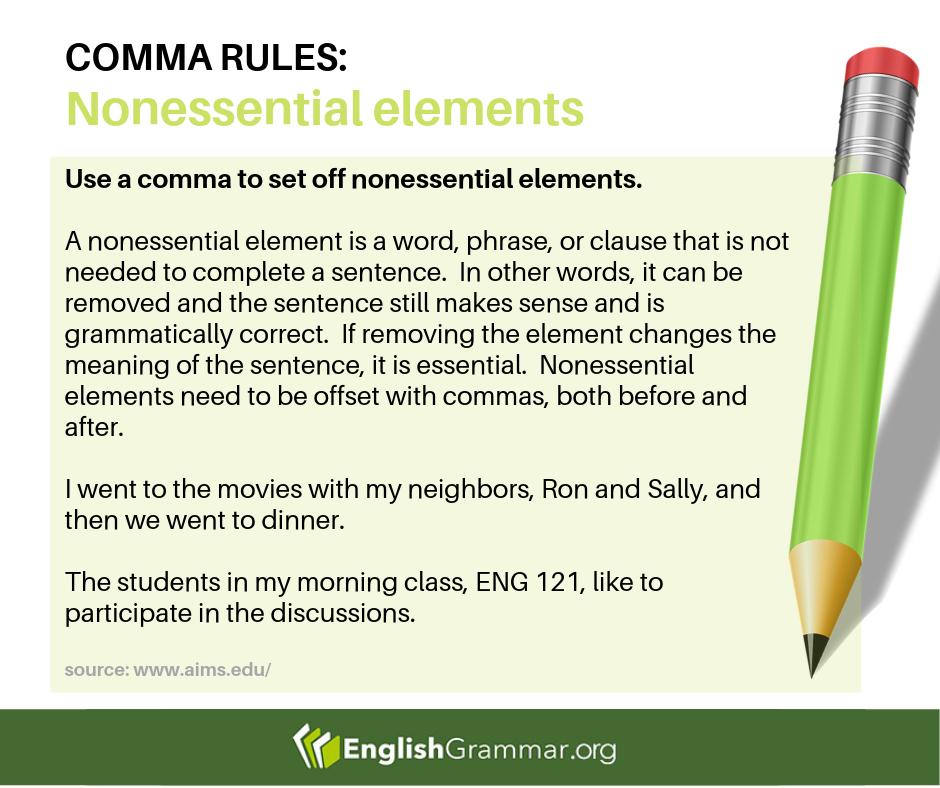



English Grammar Comma Rules Nonessential Elements Grammar Commas T Co Lfg2ygrxvj Twitter
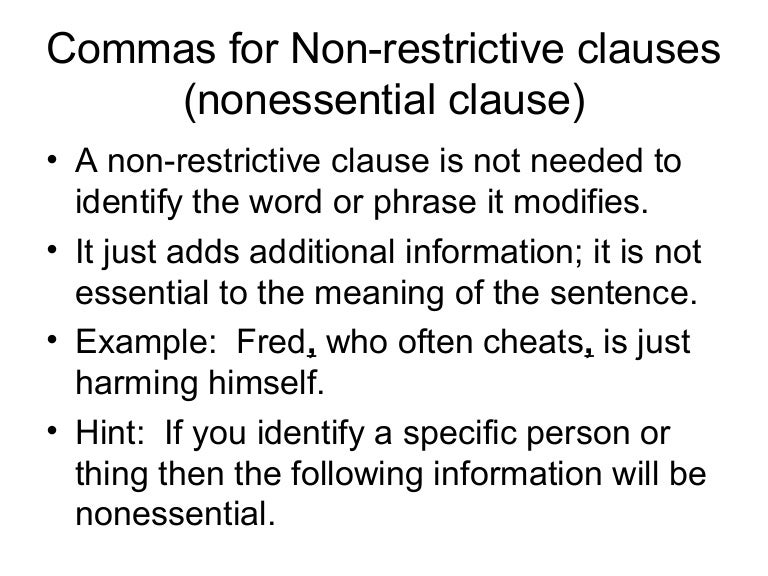



Commas For Nonrestrictive And Grammar Practice 9 17 3




What Is A Nonrestrictive Clause Nonrestrictive Clause Examples K12reader
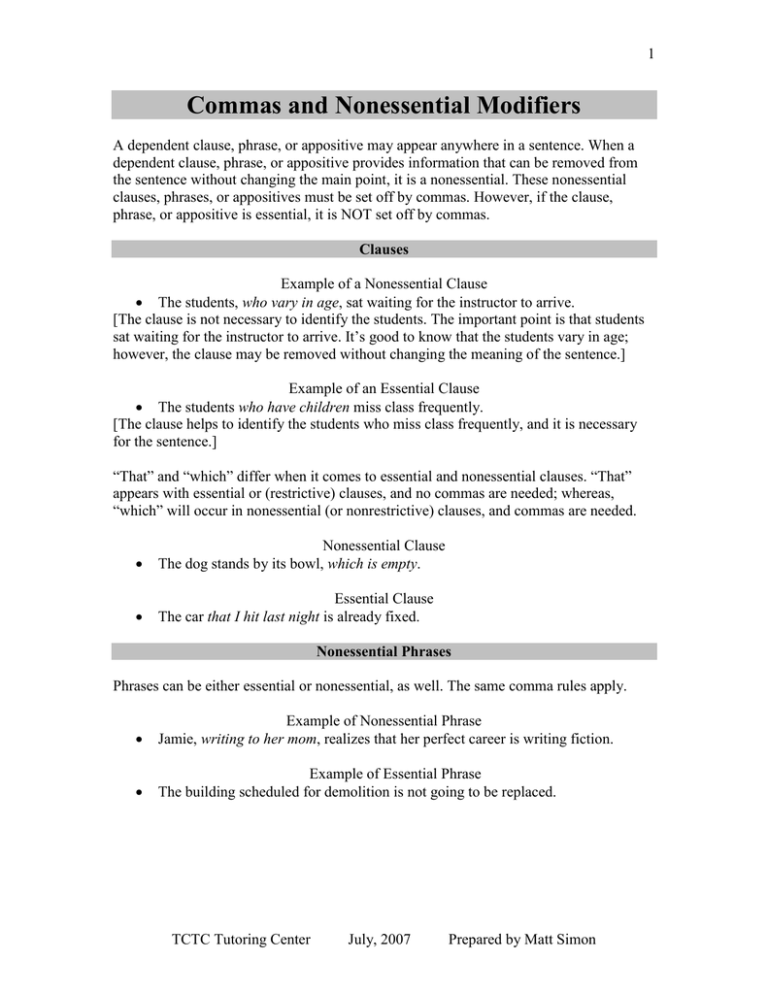



Commas And Nonessential Modifiers



2




The Clause A Group Of Words Containing A
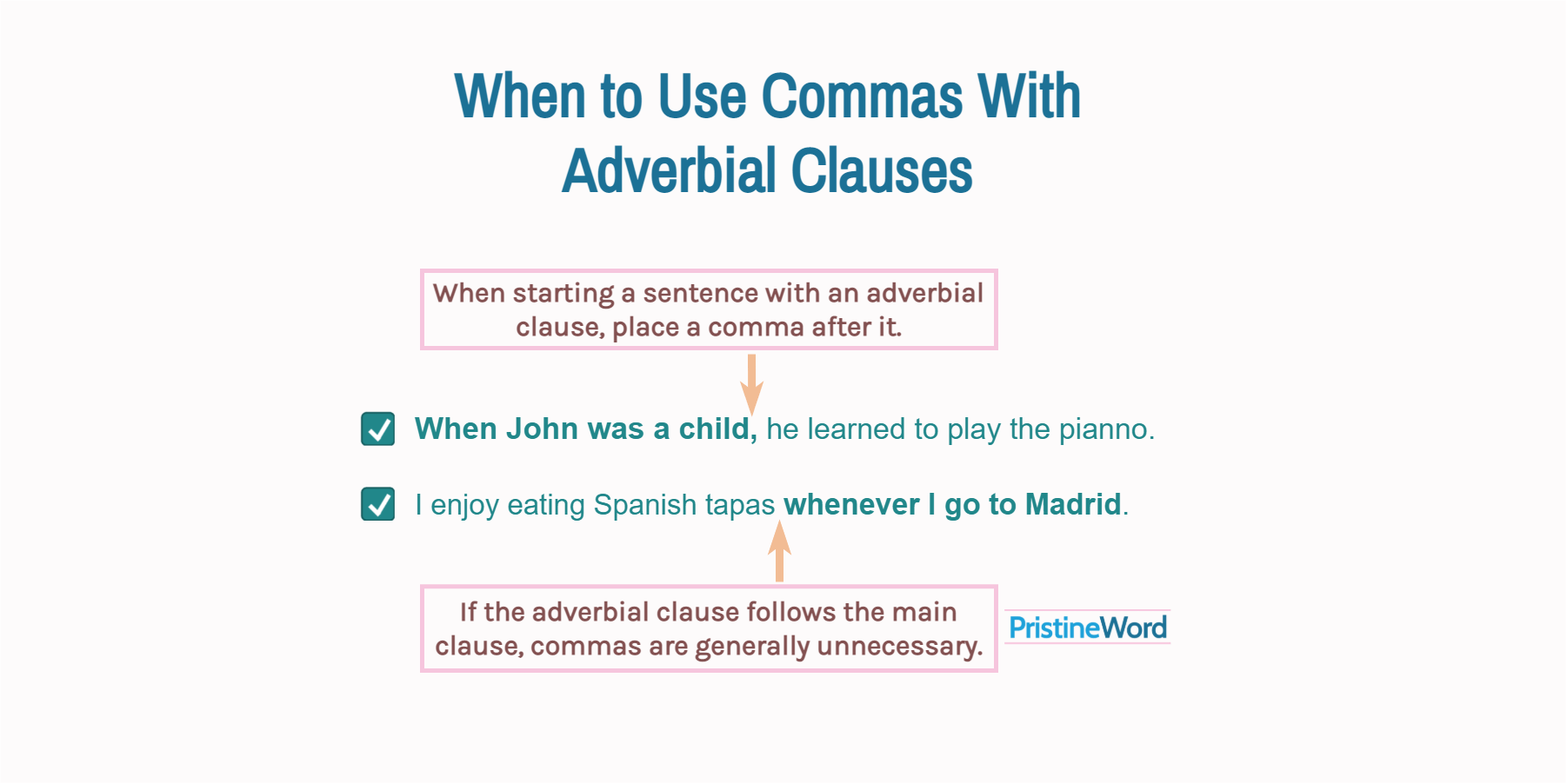



When To Use Commas With Adverbial Clauses




Chapter 11 Punctuation Commas With Nonessential Clauses Middot Pdf Filecommas With Nonessential Clauses And Phrases Use Commas To Set Off Nonessential Subordinate Clauses And Nonessential Pdf Document
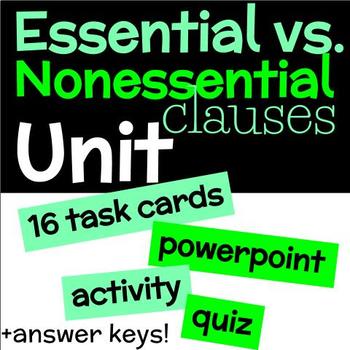



Essential Nonessential Clauses Unit By Lil Bit Creative Teaching




What Is A Nonrestrictive Clause Nonrestrictive Clause Examples K12reader




Home



1




Use Essential And Non Essential Clauses In A Sentence Visihow




Ppt Essential And Nonessential Clauses And Phrases Powerpoint Presentation Id
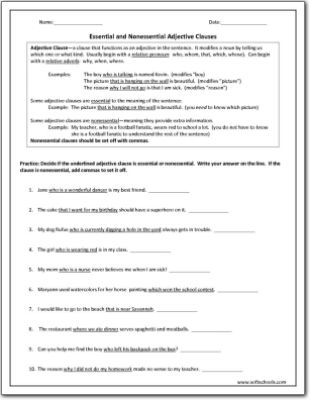



Essential And Nonessential Adjective Clauses Worksheet
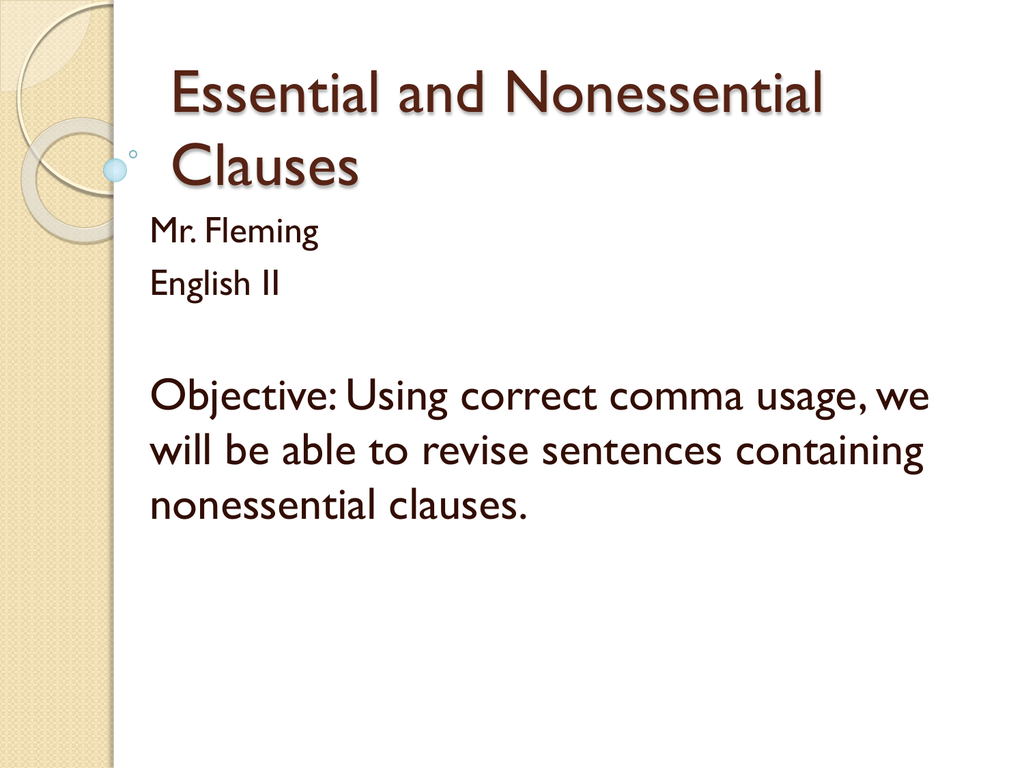



Essential Clause




Non Restrictive Clause What Is A Non Restrictive Clause




Commas Semicolons And Colons Tcspp Community




Essential And Nonessential Clauses Mr Fleming English Ii




Punctuation Practice Worksheets Commas Comma S Usages 9th 10th Grade Ela




Home




Commas Essential Nonessential By Lauren Forbes




Essential Vs Nonessential Clauses Youtube




Shouldn T Answer Choice A Be Wrong If Removing The Nonessential Clause Marked Between Commas Leaves The Sentence Nonsensical Grammatically R Sat




When Do Two Commas Not Signal A Non Essential Clause The Critical Reader




The Comma And Essential Non Essential Clauses



0 件のコメント:
コメントを投稿